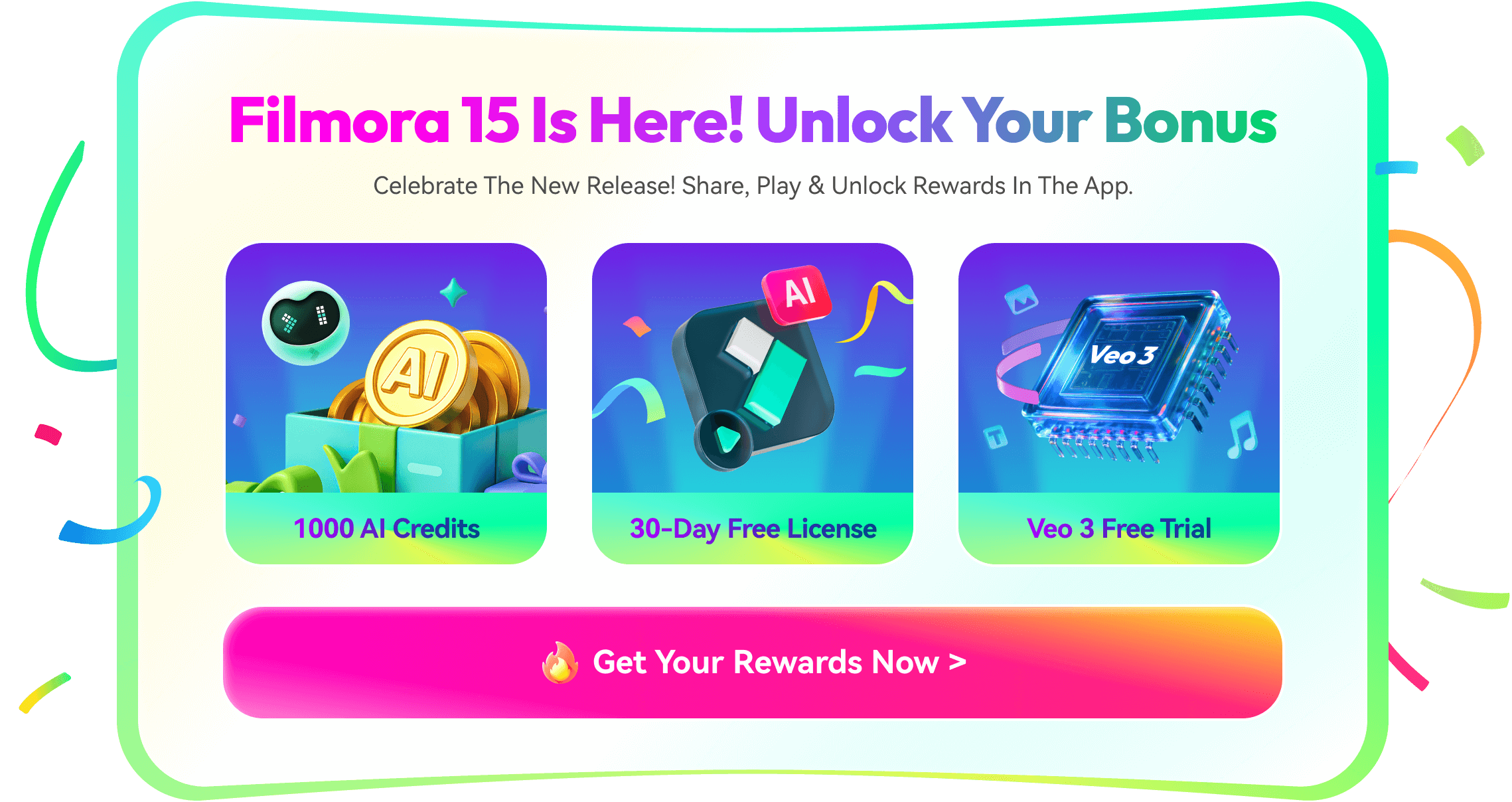Medical animation videos are an effective way to explain complex healthcare topics like surgeries, diseases, and medication processes. These engaging visuals help doctors, patients, and students better understand and retain important medical concepts.
In this article, we'll explore the best examples of medical animation videos, what makes them effective, and how you can create your own—from scripting to animation. By the end, you'll be able to create medical explainer videos that raise health awareness, especially for global events like World Health Day🌍💉.

In this article
-
- "How COVID-19 Infects the Body" – Nucleus Medical Media
- "What is Cancer?" – Cancer Research UK
- "How Vaccines Work" – Kurzgesagt
- "How the Heart Works" – American Heart Association
- "Understanding Type 2 Diabetes" – Diabetes UK
- "How Does Your Body Know You're Full?" – TED-Ed
- "How Does Anesthesia Work?" – TED-Ed
- "CRISPR: The Future of Gene Editing" – Perception
- "The Science of Organ Transplants" – NHS
- "Brain Surgery Explained" – Mayo Clinic
Part 1. Different Ways to Present a Medical Explainer Videos
Medical animation videos can take different forms, each with a unique way of delivering information. Choosing the right style depends on your audience, the message you want to share, and how complex the topic is. Here are the most common types of medical explainer videos:
- Live-action: This live-action medical explainer video features real people in authentic settings. It'll ideal for patient testimonials, doctor interviews, and step-by-step medical demonstrations. It builds trust and emotional connection.
- Animated: Medical animation videos use animations, 3D models, or illustrated graphics to break down complex medical concepts. It's great for explaining surgeries, how diseases develop, or how medications work—especially when real footage isn't available.
- Whiteboard Animation: A hand-drawn style that guides viewers through each concept step by step. It makes topics like treatment plans and disease prevention easy to understand. This type of medical explainer video works well for patient education and training
Watch: Live-action video example
Watch: Animated medical video example
Each style has its advantages, and the right choice depends on your goals. Next, we will discuss how to make a medical explainer video easily.
Part 2. How to Make a Medical Explainer Video Easily
Creating a high-quality medical animation video may seem challenging, but the right tools make the process simple and efficient. Wondershare Filmora is one of the best video editing software for making professional medical explainer videos—even if you're not an expert in animation. With its intuitive interface and AI-powered features, Filmora lets you create engaging and informative explainer videos easily.

Here are Filmora features that can be useful for creating high-quality medical animation videos:
- 🎤 Video & Voice Recorder – Record live video demonstrations or voiceovers directly in Filmora for a more personalized touch.
- 🎬 Preset Animations – Add pre-made motion effects to medical charts and graphs to clarify explanations.
- 🎨 Creative Assets – Access stickers, icons, and medical-themed visuals to enhance your video.
- ✍️ AI Copywriting – Generate engaging and understandable scripts for medical education or patient communication.
- 🗣️ Text-to-Speech (TTS) & Speech-to-Text (STT) – Convert text to professional voiceover or convert recorded narration to text for better accessibility.
You can also consider using this powerful tool to create an animated medical video for World Health Day. Whether you're highlighting a global health issue or sharing educational resources, Filmora lets you deliver your message in a visually engaging and easy-to-understand way.
1. Writing Script
Every great video begins with a strong script. It should explain medical concepts clearly and simply, whether for doctors, students, or patients.
Filmora's AI Copywriting tool makes scriptwriting easy. Just enter your topic, and the AI will create a well-structured script in minutes. It's professional, engaging, and perfect for medical education or healthcare marketing—no writing experience is needed!
Step 1. Open Wondershare Filmora on your Windows computer, go to the 'Toolbox' on the left panel, and click 'AI Copywriting' to open a new window.

Step 2. Choose your content type, enter your video topic, select the output language, generate the text, and edit it as needed.
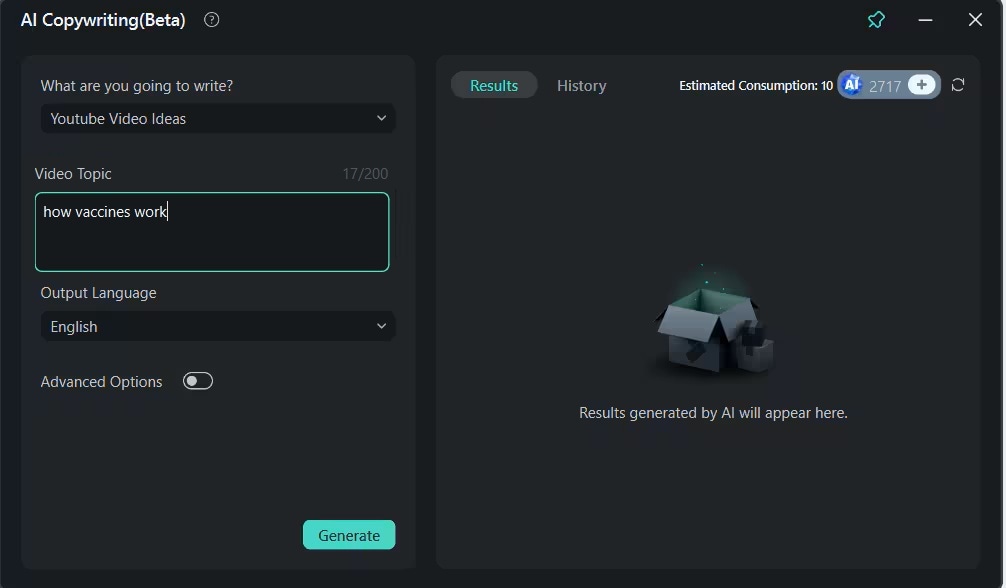
2. Explain with Voiceover
Not comfortable recording your own voice? No problem! A clear, professional voiceover can make your medical explainer video more engaging and authoritative.
With Filmora's Speech-to-Text (STT) tool, you can turn your script into a realistic AI-generated voiceover. This means you get studio-quality narration without hiring a voice actor. It's perfect for explaining complex medical topics clearly and confidently.
Step 1. In the timeline, select the audio asset, then go to the top menu bar, click 'Tools,' choose 'Audio', and tap 'Speech to Text.'
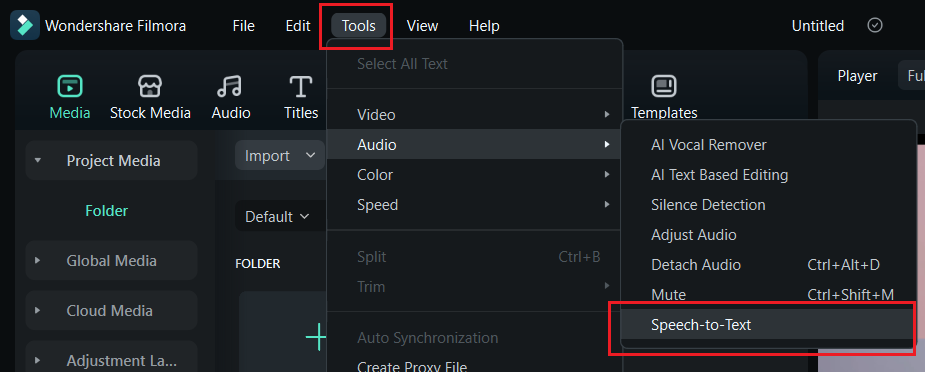
Step 2. In the STT settings bar, select the audio language and files to convert, then enable 'Automatically Match to Timeline.' This feature now supports direct transcription of bilingual subtitles.
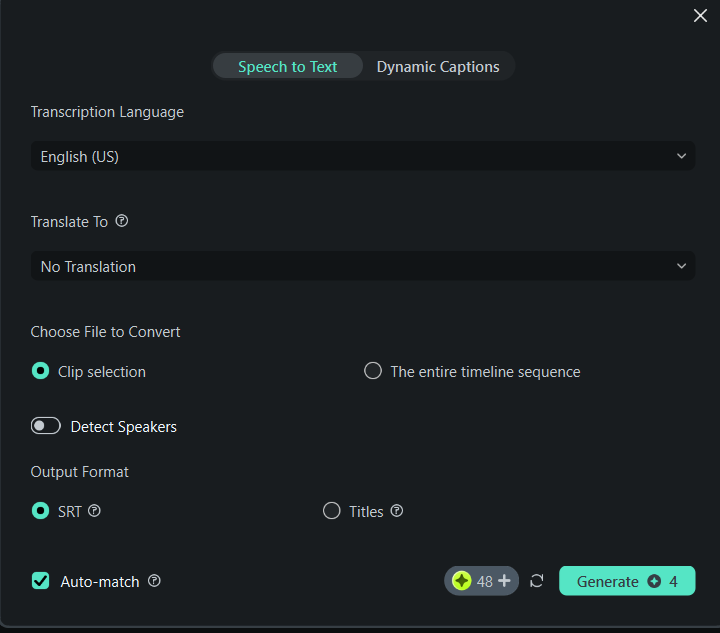
3. Import Medical Animation Clips and Assets
Medical explainer videos need strong visuals to be effective. Instead of creating custom animations from scratch, Filmora lets you import high-quality medical animation videos, illustrations, and stickers.
Need 3D models of the human body, animated surgery clips, or medical device visuals? Simply add them to your timeline to make your topic clear and compelling.
Step 1. Go to 'Stickers', then enter the medical keyword into the search box. Choose a sticker or animation that fits your theme.
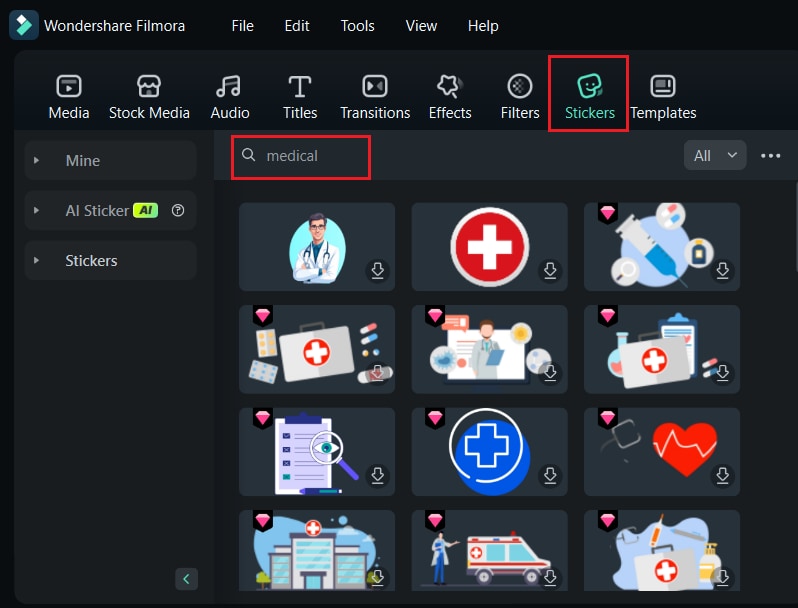
Step 2. Apply stickers to the video, then adjust the size and position as needed.
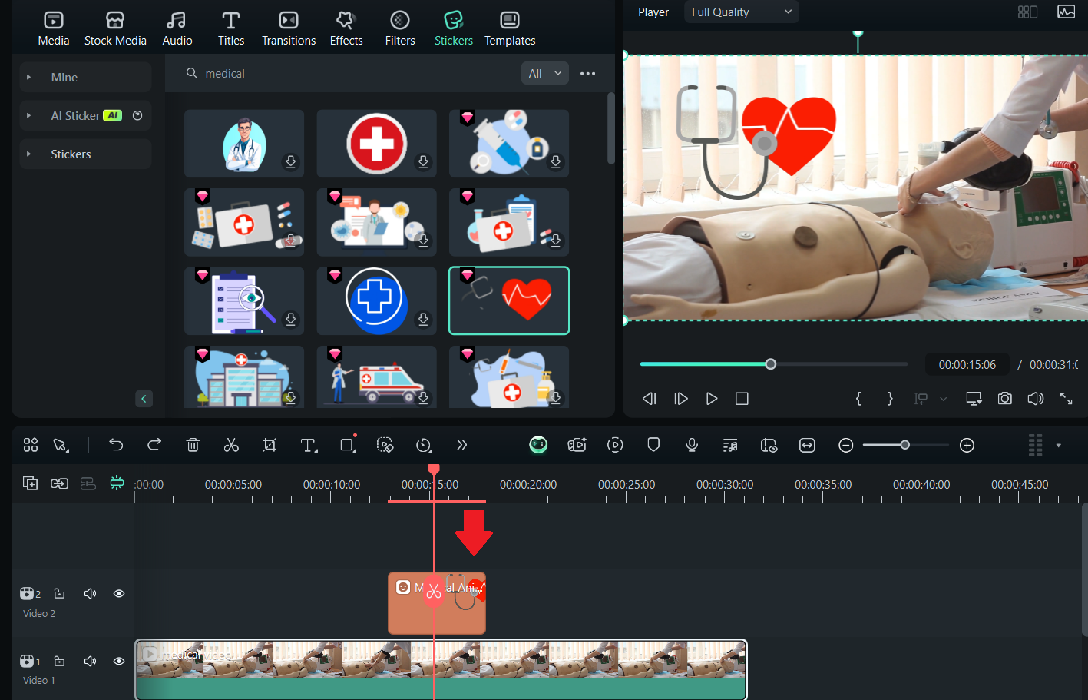
4. Incorporate Animated Caption for Medical Terms
Medical terms can be confusing, but clear, animated text makes them easier to understand. Filmora offers ready-made title templates to highlight key terms, definitions, and step-by-step instructions. This is great for patient education, medical training, or pharmaceutical marketing videos.
Step 1. Select a text effect and drag it to the timeline. Double-click to access advanced editing options, then go to the 'Animation' tab in the Text Editing panel.
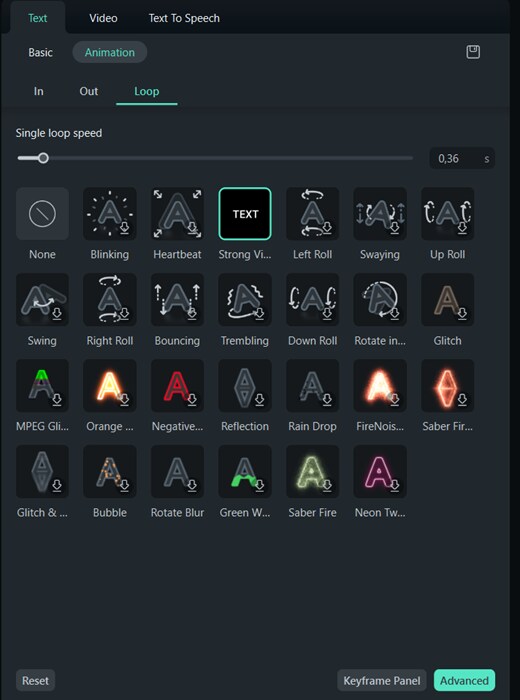
Step 2. Double-click an animation to preview it in the Preview window. Click 'OK' to apply it to your title.
5. Enhance with Animation and Transitions
A dull, static video loses attention fast. Filmora's keyframe animation and transition effects keep viewers engaged and guide them through the content smoothly.
- Use keyframe animations to add motion to medical diagrams, making explanations more dynamic.
- Apply smooth transitions for a clear flow between scenes. It's perfect for step-by-step medical procedures or treatment walkthroughs.
Step 1. Click on the clip to open the property panel on the right. Then, go to Video > Basic and click the diamond icon to set a keyframe. You can add keyframes to any feature with a diamond icon.
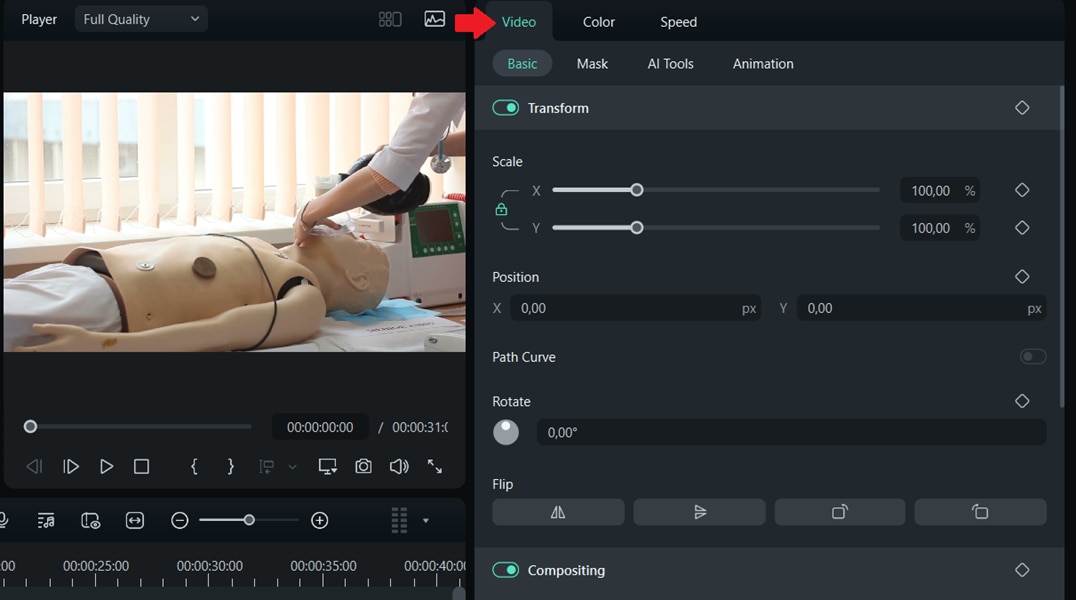
Step 2. Move the progress bar to the desired position, then click the diamond icon in the property panel to set the start keyframe.
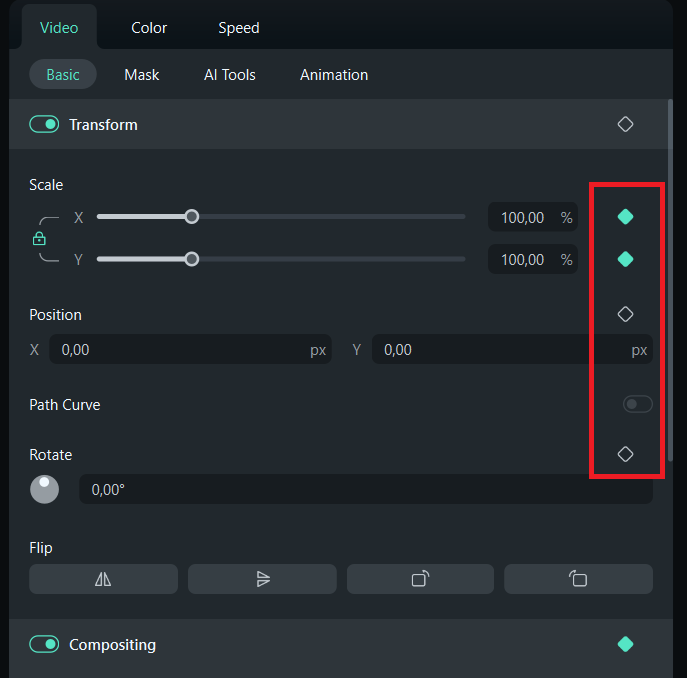
Part 3. 10 Must-See Medical Explainer Videos
We've learned the basics of creating a medical animation video, now let'll get inspired! The best medical explainer videos break down complex topics, use eye-catching visuals, and keep viewers engaged from start to finish. For those of you educating patients, training medical professionals, or raising awareness, these videos set a high standard.
Here are 10 must-see medical explainer videos and what makes them stand out:
1. "How COVID-19 Infects the Body" – Nucleus Medical Media
Why it's great: A medical 3D animation video that takes you inside the body to see how viruses spread and attack cells. It turns medical jargon into a mesmerizing and easy-to-understand story.
2. "What is Cancer?" – Cancer Research UK
Why it's great: A simple yet powerful 2D animation explains how cancer develops and spreads. This is a perfect example of making a serious medical topic easy for anyone to understand.
3. "How Vaccines Work" – Kurzgesagt
Why it's great: If science class looked this good, we'd all be doctors already! This bright and colorful animation blends humor, storytelling, and stunning visuals to explain vaccines in a catchy way.
4. "How the Heart Works" – American Heart Association
Why it's great: Need to explain heart function in less than 5 minutes? This realistic 3D animation does it beautifully, making the complicated anatomy crystal clear for students and patients.
5. "Understanding Type 2 Diabetes" – Diabetes UK
Why it's great: The combination of live-action and motion graphics makes it informative and relatable. It is ideal for patient education, to break down the symptoms and treatments of diabetes in a personalized way.
6. "How Does Your Body Know You're Full?" – TED-Ed
Why it's great: This well-animated explanation breaks down the complex interactions between hormones, the brain, and digestion. It keeps viewers engaged with clear storytelling, fun visuals, and easy-to-understand science on hunger and satiety.
7. "How Does Anesthesia Work?" – TED-Ed
Why it's great: Hand-drawn sketch-style animations guide you through what happens when you get anesthetized. These animations are educational, engaging, and full of personality.
8. "CRISPR: The Future of Gene Editing" – Perception
Why it's great: Gene editing may sound like science fiction, but this beautifully illustrated explainer video makes it accessible and interesting. Simple analogies help viewers understand the future of medicine.
9. "The Science of Organ Transplants" – NHS
Why it's great: A mix of real-life footage and animation that provides a step-by-step guide to transplantation. It's emotional, informative, and inspiring.
10. "Brain Surgery Explained" – Mayo Clinic
Why it's great: Highly detailed 3D surgical animations take viewers inside the brain to show how complex operations are performed. It is educating, precise, and mesmerizing to watch.
Conclusion
Medical animation videos make complex health topics easy to understand and engaging. From live-action, animated, or whiteboard explainer videos, the goal is to educate and connect with your audience.
Celebrate World Health Day by promoting health awareness with engaging and informative content. With Wondershare Filmora, you can easily create professional-quality medical explainer videos using AI-powered tools, animations, and voiceovers.
Now it's your turn to make medical education engaging and easy to understand with compelling videos!



 100% Security Verified | No Subscription Required | No Malware
100% Security Verified | No Subscription Required | No Malware


